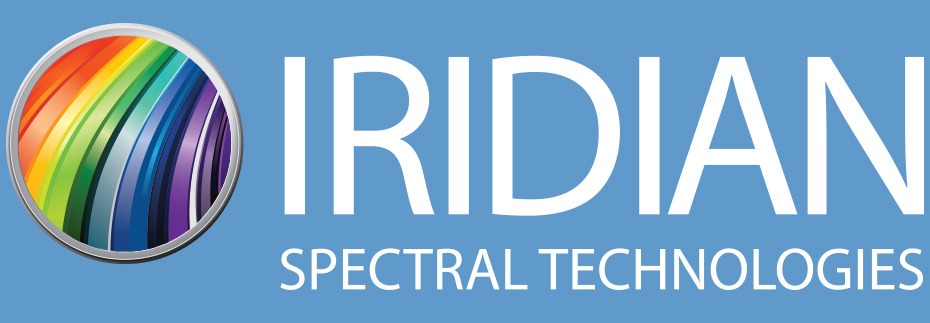Exploring Optical Design Differences Between Conventional and Handheld Raman
Raman spectroscopy is a sophisticated chemical identification method that fingerprints samples according to molecular vibrational modes. These are detectable as a wavelength shift of inelastically scattered monochromatic light, known as the Raman effect. The trouble is the inherent weakness of Raman signals compared to the incident laser light and the more prevalent Rayleigh scattering. In fact, the energy exchange allowing for Raman scattering occurs roughly one in a million incident photons. This can make detection a challenging endeavour.
Wavelength-selective optical filters enable Raman spectroscopy by blocking more dominant signals and transmitting only the comparatively weak Raman scattered photons. The goal is to propagate more signals and provide less background to the detector. Many parameters factor into optimal signal acquisition, including the spectral width on the slope on the edge of the filter and the cut-off wavelength. However, it is also important to note that the instrument design and plays a crucial role in the configuration of optical setups. Miniaturized Raman instruments equipped with specialized filters and on-axis optics may have different requirements than a traditional benchtop system. Here we will explore some of those differences in more depth.
Conventional Raman Spectrometers: Precision Engineered for Labs
A benchtop or lab-based instrument is the “conventional” avenue for Raman spectrometry. Their larger footprint typically allows for more robust instrumentation, including advanced optics, lasers, and detectors. They typically offer higher spectral resolution, typically within 40-50 cm-1 from the laser line, and feature higher power lasers. One of their key features is the use of steep long-pass edge filters, crucial for capturing the low wavenumber, or “fingerprint,” region of the Raman spectrum. This region is vital for detailed molecular analysis as it contains peaks that are highly specific to molecular structures.
These spectrometers incorporate complex filter designs, which often consist of hundreds of tightly controlled dielectric layers. These layers are engineered to achieve ultra-steep edge slopes, a critical feature that enables the precise delineation of the Raman scattering from the excitation wavelength. The precision in these filters is paramount, requiring exact control over the cutoff wavelength and a high degree of uniformity across the filter aperture to maintain the integrity of spectral data.
Handheld Raman Spectrometers: Tailored for Field Flexibility
Handheld Raman spectrometers were designed to enable user-friendly chemical analysis in the field, such as on-site chemical analysis or substance verification in security applications. These devices use long-pass edge filters with more relaxed cutoff values, typically around 250 cm-1 or higher. This shift in design priority reduces the resolution of the “fingerprint” region but is a necessary trade-off to achieve robust, versatile, and cost-effective devices.
The optical filters in handheld Raman spectrometers are generally less complex, featuring fewer dielectric layers because the edge slope requirements are not as stringent as in their conventional counterparts. This simplicity reduces the cost and increases the spectrometers’ robustness, allowing them to tolerate greater variations in the filter’s cutoff wavelength and uniformity. This tolerance is particularly beneficial in varied environmental conditions where precise control and maintenance of laboratory-level conditions are impractical.
Comparative Analysis: Trade-offs and Application Suitability
The trade-offs between conventional and handheld Raman spectrometers primarily hinge on the balance between spectral detail and operational flexibility. Conventional spectrometers, with their high precision and sensitivity, are suited for applications requiring detailed molecular analysis, such as pharmaceutical research, material science, and biochemical analysis. These settings benefit from the high spectral resolution that allows scientists to discern subtle differences in molecular structures.
On the other hand, handheld spectrometers sacrifice some degree of spectral detail to provide a portable, easy to use, and effective tool in less controlled environments. Their design is ideal for rapid on-site testing, where the immediate identification of substances outweighs the need for detailed molecular structure analysis. Common applications include drug and explosive detection, environmental monitoring, and quality control in manufacturing settings.
If you have found this post interesting and would like to learn more, refer to our article: Handheld Raman vs “Fingerprint” Applications and the Different Optical Filters that Enable Them. Or, contact a member of the Iridian Spectral Technologies team today if you would like to learn about our approach to Raman filter design.
